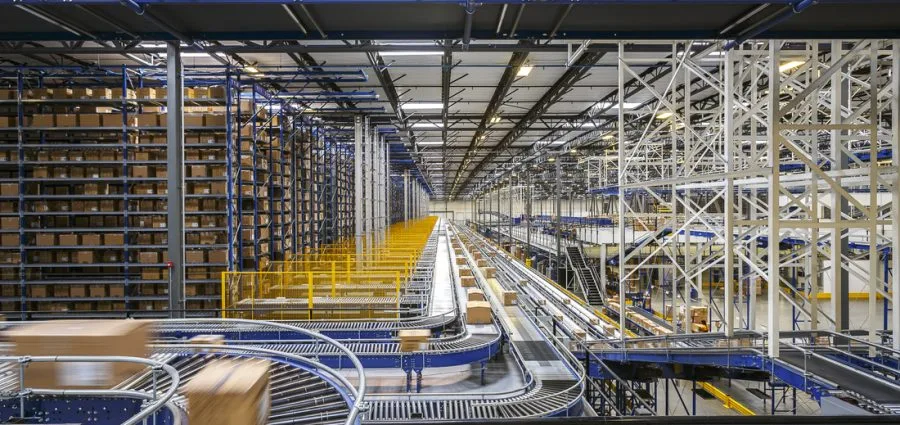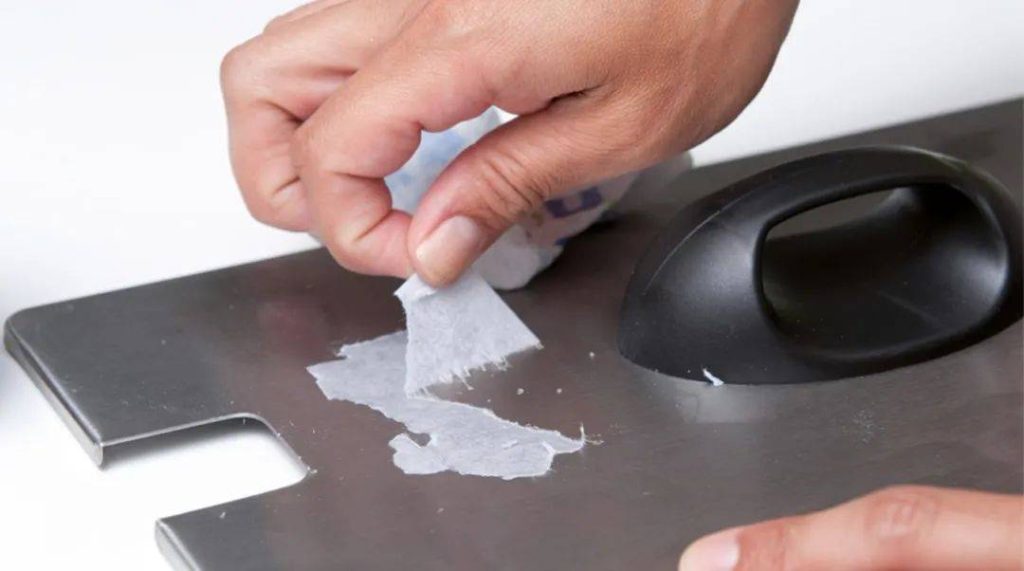Have you ever received a package with tape that caught your eye, perhaps adorned with the store’s logo or clever messaging? The world of packaging tape is more than just a way to seal boxes; it encompasses branding, practicality, and adaptability in an ever-evolving market. This article delves into the fundamentals of packaging tape, exploring its uses, the rise of printed options, the impact of e-commerce, the specifics of BOPP tape, and critical considerations when selecting the perfect tape for your business needs.
What Are Packaging Tapes Used For?
Packaging tape serves as an essential component in the shipping and handling of goods across various industries. Its primary function is to seal boxes and secure products during transit, ensuring that items reach their destination without damage. This simple yet effective tool prevents the integrity of packaging from being compromised, protecting contents from exposure to environmental factors such as dust, moisture, and contaminants.
The versatility of packaging tape allows it to be utilized in multiple applications beyond mere sealing. Retailers often use it to bundle items, while manufacturers rely on it for securing palettes or boxes during storage. Moreover, some organizations utilize packaging tape for reinforcing packages to prevent damage during transport. The global demand for packaging tape is projected to grow, with estimates indicating a market value of over $65 billion by 2026, primarily driven by increasing online shopping.

Why Do So Many Companies Use Printed Packaging Tape?
Usually, after we purchase goods in some online stores, we may receive packages with the store’s brand logo, promotional information, or other instructions? The “Amazon Effect” is strong even in the packaging industry, and as online shopping continues to flourish, many retailers are following suit—using printed packaging to convey brand messaging and enhance the customer experience.
In the era of booming e-commerce platforms, companies are vying for unique packaging that makes their products stand out. Personalized packaging tape is a top contender. They provide retailers with the option to make their brand recognizable from the outside of the package or deliver a message or warning (such as “Keep Refrigerated”) right. This is a much more economical option than printing the substrate of the carton itself, while developing unique packaging is often not feasible or too costly.
Both water-activated and pressure-sensitive packaging tapes can be printed with custom messaging, making it an option for any packaging operation. Whether for aesthetics or practicality, printed packaging tape is a simple way to make your cartons stand out.

How Has E-commerce Impacted Case Sealing?
E-commerce has dramatically changed how consumers shop. Online retail puts purchasing power at everyone’s fingertips, increasing single parcel shipments.
This shift from brick-and-mortar stores to online shopping has forced distribution centers to rethink packaging strategies.
Traditionally, retail stores receive bulk shipments. Let’s use dress shirts as an example. A store’s inventory is protected using three layers of packaging:
Primary packaging – the plastic bag containing that neatly folded dress shirt
Secondary packaging – the 2ft x 2ft x 2ft carton filled with these shirts
Transport packaging – the shrink-wrapped pallet containing 30 of these shirt-filled cartons
This system suits brick-and-mortar operations. But online shoppers want shirts delivered fast—sometimes the next day.
As a result, packaging has evolved to meet the needs of direct-to-consumer shipping.Instead of bulk pallets, e-commerce relies on flexible, efficient packing for individual orders. Every box must handle a unique product mix. In retail supply chains, automation dominates. Film-based pressure-sensitive tape is the go-to sealing method. It works well on machines. In contrast, e-commerce packing stations are often manual. Staff seal boxes by hand, adjusting to each order’s demands. Here, flexibility matters. Carton sealing solutions must be easy to apply and reliable under varied conditions.
What Is BOPP Tape in Packaging?
BOPP technology is versatile and used in a variety of packaging tapes. BOPP packaging tapes dominate the shipping and inventory management sectors. They deliver strong seals and resist extreme temperatures with ease. But what gives BOPP tapes their strength, and where do they perform best?
What is BOPP?
BOPP stands for Biaxially Oriented Polypropylene. The film is stretched in two directions to boost strength and clarity. Polypropylene is a thermoplastic polymer. It softens under heat and hardens when cooled.
This material appears in many packaging products, such as snack bags, food wrappers, and soft drink labels. The same film is also used in high-performance packaging tapes.
Two types of BOPP tapes
Hot-melt, which offers superior holding power.
Acrylic tapes, which offer a superior temperature range and better resistance to oxidation.
Thanks to their strong hold and easy application method, hot melt tapes are ideal for most packaging applications, ensuring your packages and cartons remain sealed during transit. On the other hand, acrylic tapes are ideal for situations of extreme temperature, humidity, and oxidation. They are also preferable for sealing recycled cartons.
As you can see, both varieties have their uses and handle different situations excellently. Now it’s simply a matter of finding which one is right for you.
Five Things to Consider When Choosing Packaging Tape
Choosing packaging tape may seem like an insignificant decision to your overall packaging operation, but in reality, it’s as critical an element to your secondary packaging strategy as the box and filler you have selected to keep your contents secure. Together, secondary packaging ensures your goods arrive at their final destination safely and intact.
Incorrect packaging tape selection—or application—could result in product damage or theft, as well as damage to your reputation and relationship with your customer.
When choosing the right packaging tape, consider these essential factors:
Grade
Packaging tapes are available in a range of grades, meaning varying levels of film and adhesive thickness. These grades deliver different holding power and tensile strength. When considering what grade of tape to purchase, be sure to factor in carton size, content weight, and the production and shipping environment in which the tape is being used. As any of these variables increases, so too should the grade of tape you choose.
Environment
When purchasing packaging tape, consider the production and shipping/storage environments. Things like temperature and environmental conditions such as humidity and dust can impact the quality of the seal.
Substrate
Consider what you are sealing. There are many carton types available, from corrugated to options like recycled, thick, and double-wall. Each one brings its advantages to the distribution network, but also its faults when it comes to tape performance.
Application Method
There are two ways to apply packaging tape: in a manual process using a handheld tape dispenser or in an automated process using an automatic case sealer. In a manual process, features such as easy unwind, good tack for initial grab to the corrugated surface, and strong film backing to prevent stretching and breaking are all critical. For automated operations, focus on easy unwind to reduce tape breakage due to stretching and tearing during application. Tapes offering instant adhesion are also beneficial in environments that require immediate palletization of cartons.
Tape Quality
There is one last thing to pay attention to when choosing a tape: tape quality. Good quality packaging tapes are easy to unwind, have good adhesion to the corrugated surface, and deliver the strength and durability needed to withstand the distribution network.
Oftentimes, the tape alone is blamed when case seals fail. But it’s the combination of the tape, the carton, the application method, and the environment that leads to secure seals. You may not be able to replace some of these factors, but considering them next time you choose packaging tape may help deliver a better, more secure case seal.
Conclusion
In conclusion, the world of packaging tape is nuanced, intertwining practicality, branding, and adaptability to changing market demands. As e-commerce continues to influence how we package and ship goods, understanding the essential aspects of packaging tape has never been more crucial. At Fonitaniya™, we have been an adhesive solution provider for over 15 years, continually innovating our offerings to meet the needs of our clients. Trust us to provide you with high-quality packaging tape that ensures your goods arrive safely and securely.
FAQs
What types of packaging tape are available?
Packaging tape varies, including pressure-sensitive, water-activated, and BOPP options.
How do I choose the right packaging tape for my needs?
Consider factors like the weight of the contents, environmental conditions, and application methods.
Can I use duct tape for packaging?
Duct tape may not provide the same level of sealing strength as specialized packaging tape.
Is water-activated tape cheaper than other options?
Water-activated tape can be more economical, especially for large volume orders.
How long does packaging tape last once applied?
Properly applied packaging tape should remain effective throughout the shipping and handling process.




